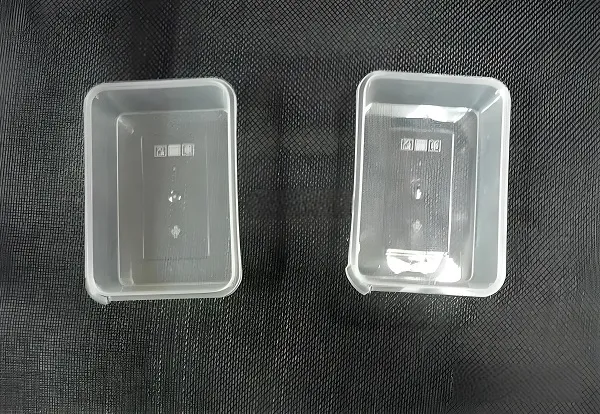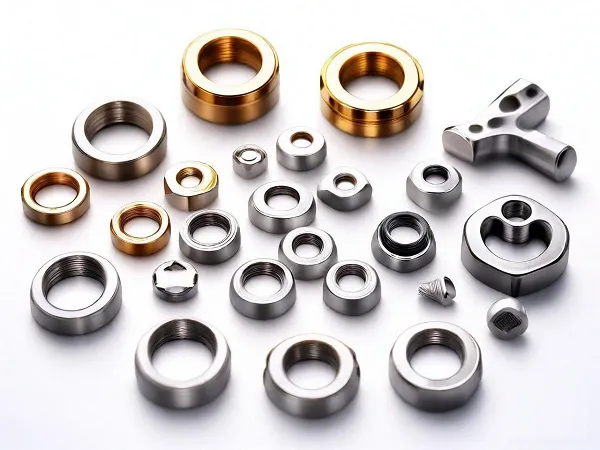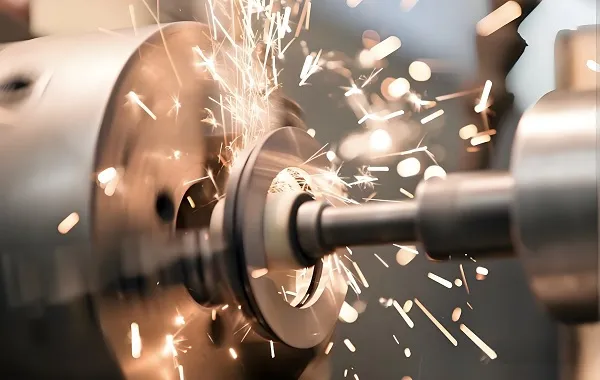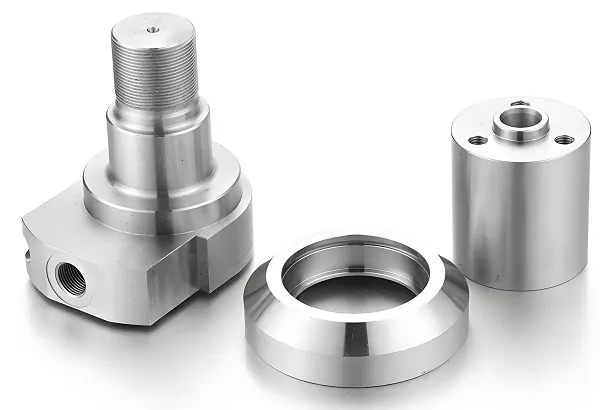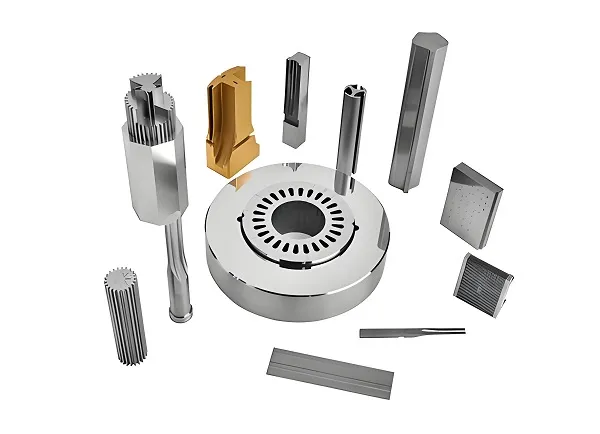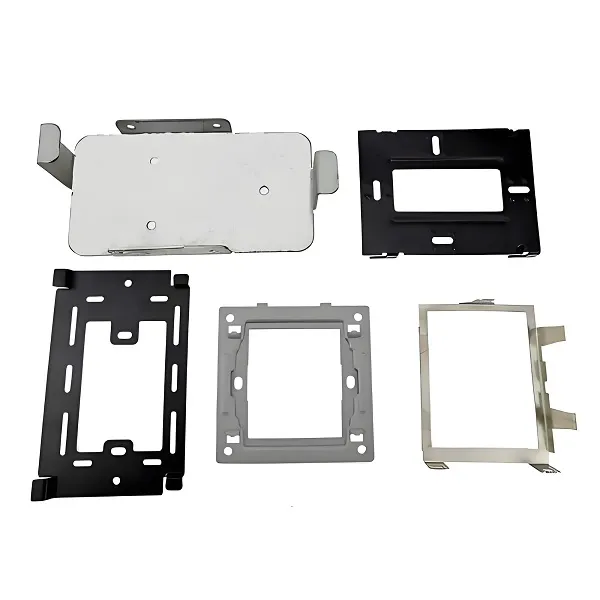In the field of mechanical transmission, the combination of rack and gear is a common and important transmission method. The adoption of CNC (Computer Numerical Control) technology for the processing of rack and gear can achieve high precision, high efficiency, and the production of complex shapes, meeting the needs of various precision machinery.
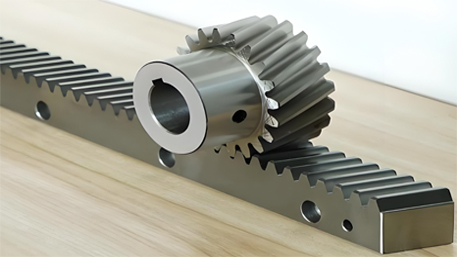
I. Material Selection
For the processing of rack and gear, the selection of materials is crucial. Common materials include alloy steel (such as 42CrMo), carburizing steel (such as 20CrMnTi), and engineering plastics, etc. The hardness, strength, and toughness of the materials will directly affect the service life and transmission performance of the parts.
II. Preparations Before Processing
Before conducting CNC processing, a detailed analysis of the design drawings is required to determine the processing technology route. At the same time, it is also essential to prepare suitable cutting tools and fixtures.
III. CNC Processing Technology
Gear Processing
Hobbing: This is a commonly used gear processing method, where the tooth profile is cut by the relative rolling of the hob and the gear blank. The precision of hobbing can reach IT7 – IT8 grade, and the surface roughness Ra value can reach 1.6 – 3.2 μm.
Gear Shaping: Suitable for processing internal gears and multiple gears. The precision of gear shaping is generally IT7 – IT9 grade, and the surface roughness Ra value is about 1.6 μm.
Gear Shaving: Mainly used to improve the precision and reduce the surface roughness of the gear, which can increase the precision to IT6 – IT7 grade, and the surface roughness Ra value can reach 0.8 – 1.6 μm.
Gear Grinding: Used for the processing of high-precision gears, the precision can reach IT4 – IT6 grade, and the surface roughness Ra value can reach 0.4 – 0.8 μm.
Rack Processing
Milling: Use end mills or face mills to conduct the contour processing of the rack on the CNC milling machine.
Broaching: For the mass production of racks, broaching is an efficient processing method.
Grinding: To obtain higher precision and surface quality, the rack can be ground.
IV. Tool Selection
Gear Processing Tools
Hobs: Select the appropriate hob according to the module, number of teeth, and precision requirements of the gear.
Gear Shaping Cutters: The appropriate gear shaping cutter should also be selected based on the gear parameters.
Gear Shaving Cutters: Select according to the precision and tooth profile requirements of the gear.
Rack Processing Tools
End Mills and Face Mills: Select the appropriate tool diameter and number of cutting edges according to the tooth profile and size of the rack.
V. Process Parameter Settings
Cutting Speed: Select the appropriate cutting speed based on the characteristics of the material and the cutting tool. For example, for alloy steel, the cutting speed is generally between 50 – 150 m/min.
Feed Rate: Determine the feed rate according to the processing precision and surface quality requirements, usually between 0.1 – 0.5 mm/r.
Cutting Depth: The cutting depth is larger during rough processing, up to 2 – 5 mm, while during finish processing, it is generally between 0.1 – 0.5 mm.
VI. Quality Control
Dimensional Precision: Use measuring tools such as calipers and micrometers to detect the dimensions of the gears and racks to ensure they meet the design requirements.
Tooth Profile Precision: Use a tooth profile measuring instrument to detect the tooth profile to ensure the accuracy of the tooth profile.
Surface Quality: Use a roughness tester to detect the surface roughness to ensure it meets the specified standards.
VII. Heat Treatment and Surface Treatment
To improve the hardness, wear resistance, and fatigue strength of the rack and gear, heat treatment is usually required, such as quenching, tempering, carburizing and quenching, etc. In addition, surface coating treatments such as hard chromium plating and nitriding can also be carried out to further improve their performance and service life.
In conclusion, the processing technology of CNC rack and gear is a complex and precise process that requires comprehensive consideration of multiple aspects such as materials, tools, process parameters, quality control, etc., to ensure the processing of high-quality and high-precision products.
Hope this blog is helpful to you. If you have other needs, such as adding actual case analysis or more in-depth technical details, please feel free to tell me.

